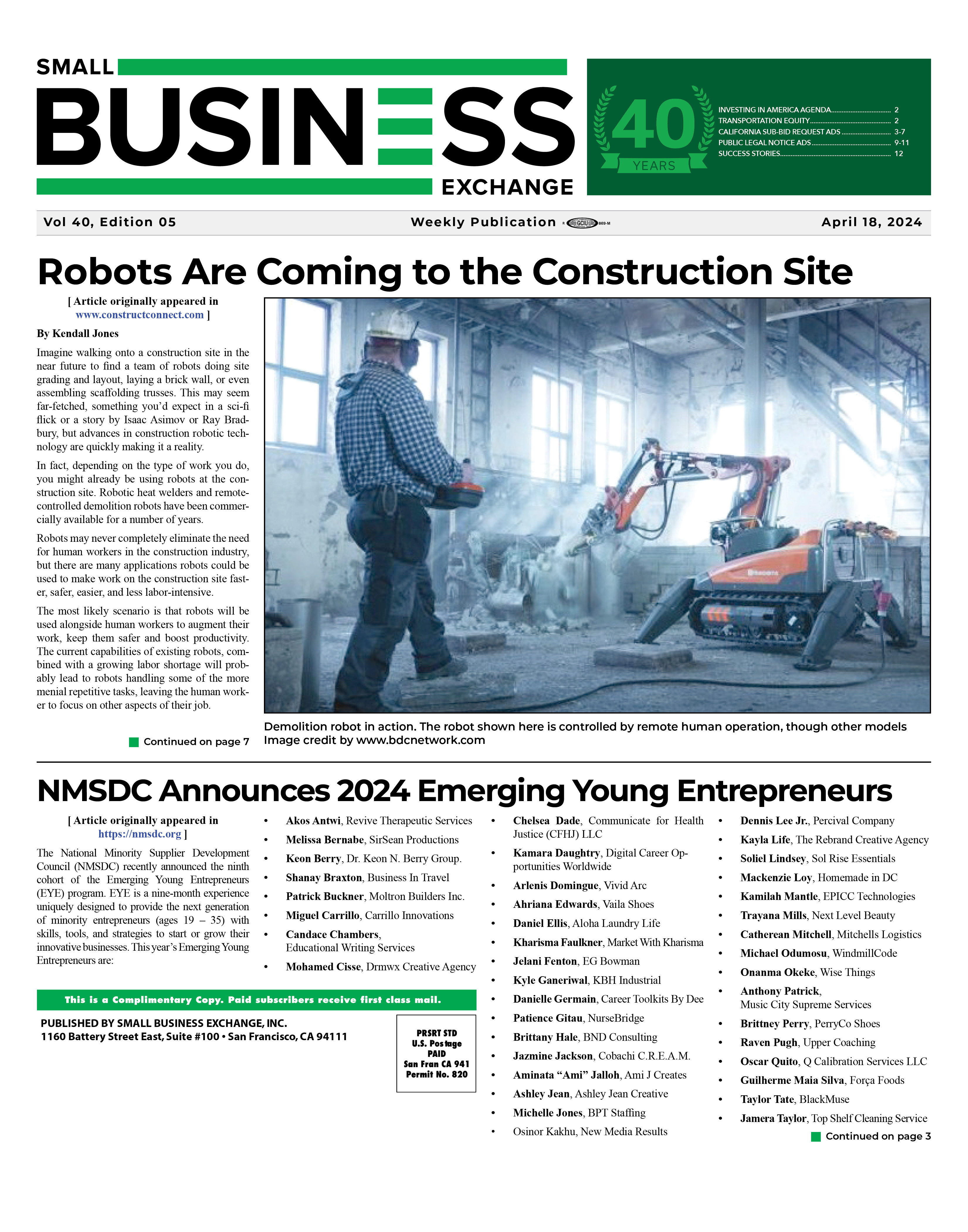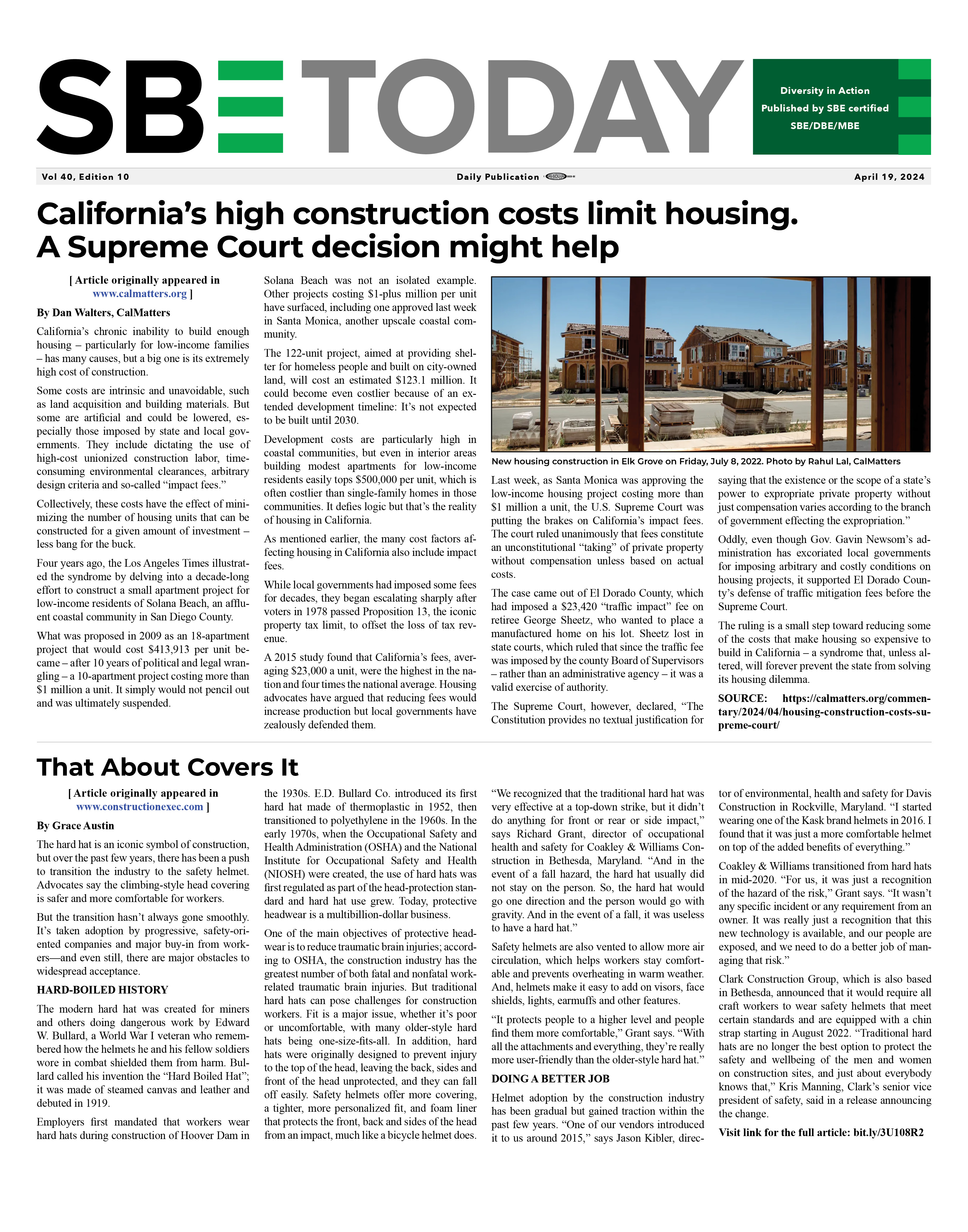|
|
Setting Up Your Construction Vehicles
10/07/2019
http://www.acuity.com
By John Lack, Contractors should always be looking for ways to be more efficient, both on the job site and in the office. One key element in being productive is having your construction vehicles set up properly. This can have a profound effect, especially when construction projects are farther away from your office and shop. As a general contractor building a chain of grocery stores throughout Wisconsin and Northern Illinois, I found it critical to have my vehicles set up in the right order. It was well worth the initial investment of time, work, and finances. I would like to share some details about how I set up work vehicles in hope of sparking some ideas for you. Not from my legal team: I am not endorsing any vehicle manufacturers or product lines in this article. There are many vehicle manufacturers and produce lines to choose from, in this article I will focus on what worked for me. Choosing the proper vehicle is important. Should it be a pickup truck, a cargo van, a cube van, or another type of vehicle? How will you use it? What will you be hauling in this vehicle? How important is fuel mileage? Will you need to pick up materials or use the vehicle to pull a trailer or equipment? What worked well for me was a one-ton diesel cargo van with the extra 20-inch extension off the back. The extension helped with hanging extension cords and also allowed me to get 12-foot lumber inside behind the seats. I preferred double side doors over one sliding door because I was able to mount drawers for small fasteners on the left inside door. I needed a heavy-duty rear bumper and tow package to pull a skid steer or job trailer. I ordered vans with no back or side windows for security reasons. I lined the inside walls with ½-inch plywood for outer wall protection and the floor with ¾-inch plywood to protect it and make it easy to slide equipment in and out. Power door locks made it easy to lock up, and a security system was a must. There are many aftermarket shelving units available, or you can make your own shelving using metal framing, plywood, and rubber matting. It is important to design the shelving for proper tool placement. This makes it easier to keep track of each tool. I always liked a heavy-duty steel bulkhead behind the front seats, with a locking door for an extra layer of security as well as protection of the driver and passenger. A heavy-duty lumber rack worked great for hauling ladders and scaffold planks. The only problem with this setup was we couldn't transport the large gang box, so we had to make other arrangements. A cube van may work better for some trades, such as a plumber who carries many different fittings and needs several bins or an HVAC contractor who loads up with duct work at the beginning of each day. Although a cube van's fuel economy may not be as good as that of a cargo van, it could be a better option for some. It can be helpful to park an enclosed job trailer at a work site. I chose a 16-foot enclosed trailer with dual axles, a 6-foot, 6-inch ceiling, and a fold-down back door. A fold-down door makes it easy to roll equipment, like generators, welders, and acetylene torches, in and out. The trailer also held more bulk-type materials, such as foundation embedment, dynabolts, and setting plates. I would only leave the trailer at a job site if a security fence or it was parked in a well-lit, high-visible area. Having additional locks on the doors, a graphic security cable around the wheels, and two locks on the tongue are some of the reasons it was never broken into. In my experience, the employee who is driving the company vehicle should be responsible for seeing that all the tools get back into the vehicle each day and the vehicle is restocked when needed. He or she should also inform the office when the vehicle needs to be serviced. John L. is our Construction guru
I bring over 35 years of experience in the construction industry in both field and office positions to Acuity including carpentry, welding, project management, contract negotiation, and much more. Also, I founded my own commercial general contracting firm specializing in building grocery stores. Over the years I’ve worked closely with architects, civil engineers, and developers. I’ve found it instrumental to build solid relationships with all involved in the construction project, including insurance companies. This is why I am here, I want to help you the contractor better understand insurance and help Acuity to offer products and services that meet your unique needs. I feel a close connection to construction and with my background I feel that I can make sure contractors have a better insurance experience.
SOURCE: https://www.acuity.com/acuity-focus/2018/contractor-focus/setting-up-your-construction-vehicles Back To News |
|




